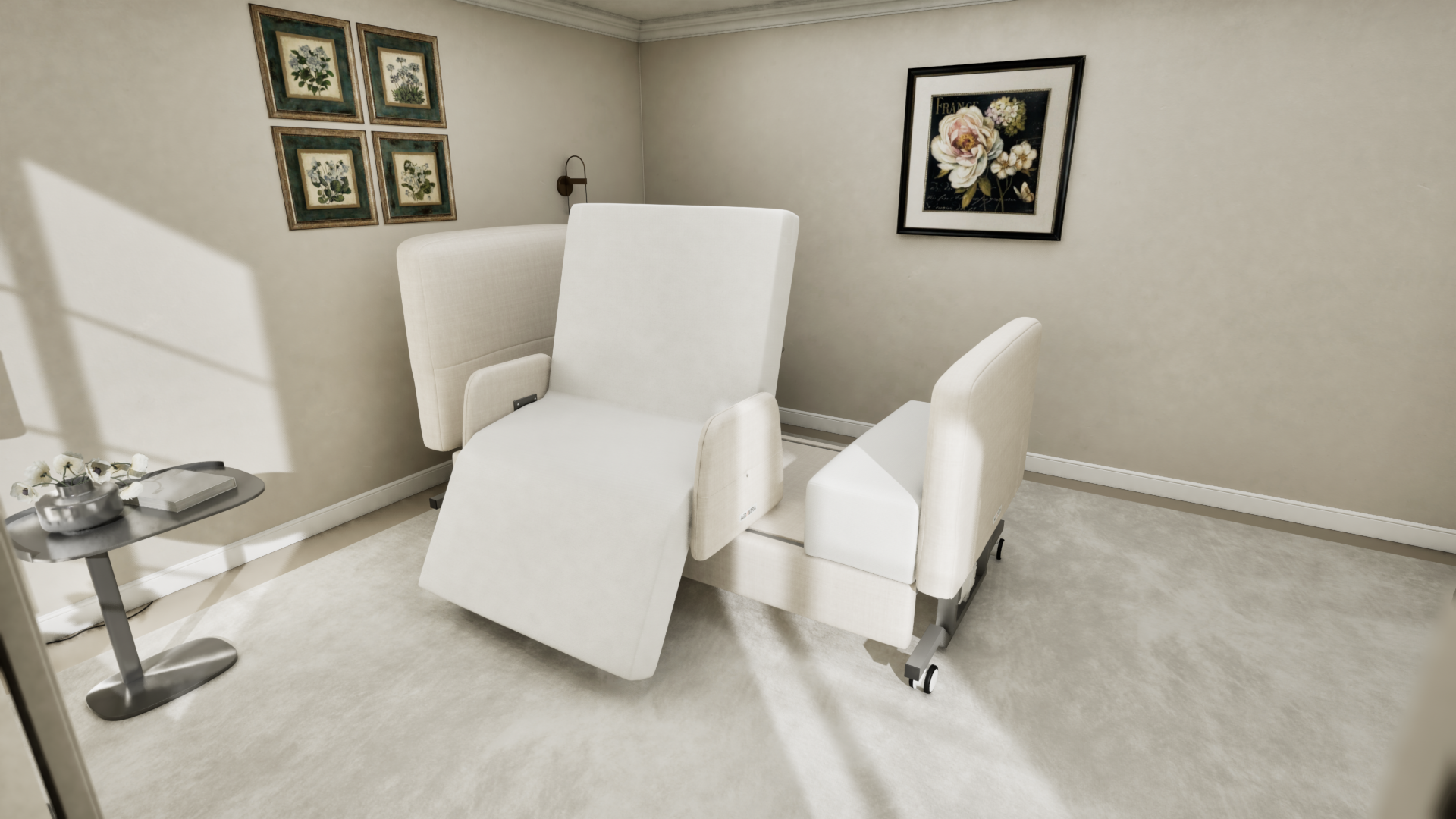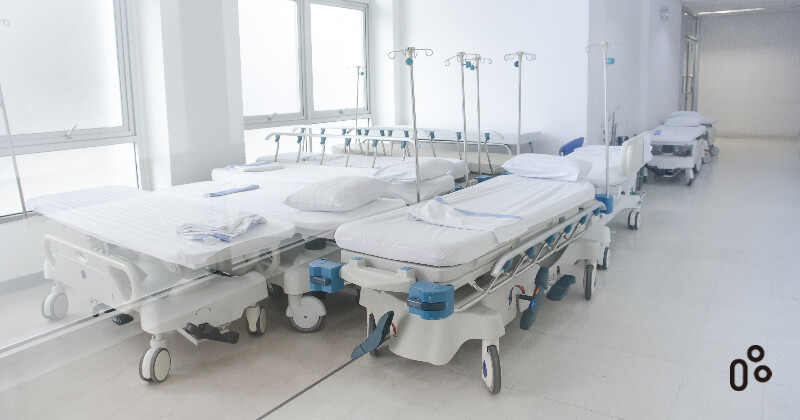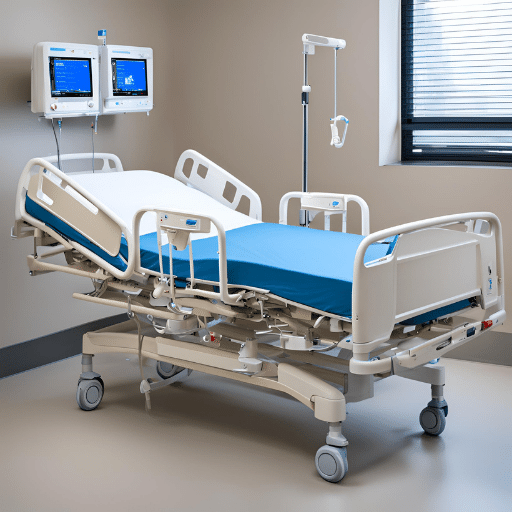The Best Guide To Hospital Beds For Home Use
Table of ContentsThe smart Trick of Hospital Beds For Home Use That Nobody is DiscussingAbout Hospital Beds For Home UseThe Basic Principles Of Hospital Beds For Home Use What Does Hospital Beds For Home Use Mean?3 Simple Techniques For Hospital Beds For Home UseSome Known Details About Hospital Beds For Home Use The Of Hospital Beds For Home Use
There are 3 main types of healthcare facility beds: guidebook, semi-electric, and fully-electric. These beds use hand cranks to adjust the bed's height and elevate and lower the head and the foot.
Semi-electric beds have an electrical motor to raise and decrease the head and foot sections of the bed (hospital beds for home use). Full-electric beds have an electrical motor that can increase the head and foot sections of the bed as well as the entire elevation and positioning of the bed.
Hospital Beds For Home Use Things To Know Before You Buy
Some versions can also relocate right into more settings, such as the Trendelenburg (tilt) position. There are numerous kinds of hospital beds, each designed to meet certain person needs. Right here are some common kinds: This is one of the most usual sort of healthcare facility bed, made for general clinical use. It has a handbook or electrically adjustable headrest, foot rest, and elevation.
Reduced to the ground than a common bed. This sort of bed is designed for bigger people, with a broader framework and greater weight capability than a typical bed. This kind of bed is made particularly for children, with smaller sized sizes than a basic bed. Special functions such as complete length side rails and cartoon style.
This kind of bed is made for seriously ill patients who need open monitoring and specialized clinical tools such as ventilators and infusion pumps. This kind of bed is made for use during labor and distribution, with adjustable positions and functions to support the mommy and infant during the birth process.
Hospital Beds For Home Use Can Be Fun For Anyone
Numerous function and the accessories execute expanding grip to various components of the vertebra and the extremities without moving the human body. These are just a few examples of the sorts of hospital beds offered. The details type of bed used will depend upon the individual's problem, medical demands, and other aspects.
Right here is the important things you require to recognize. A one-function medical facility bed is a clinical bed that allows a person to move just the head or foot area up or down. A 2 feature health center bed commonly refers to a sort of medical bed that has 2 adjustable functions to aid patients in medical facilities or care facilities.

Hospital Beds For Home Use Can Be Fun For Everyone
A 7-function ICU bed is a type of clinical bed that offers several flexible features to sustain critically ill individuals in a critical care unit (ICU) (hospital beds for home use). The seven functions commonly include: Backrest change: The backrest can be adjusted to various angles to help the individual rest up or lie down comfortably
Height change: The bed can be increased or decreased to make it simpler for individuals to enter and out of bed, and for caretakers to give care. Trendelenburg position: The entire bed can be tilted to promote blood flow and blood circulation in the body. Reverse Trendelenburg position: The bed can also be slanted in the opposite instructions to promote blood flow and circulation in the top body.
While even more budget friendly than electric designs, these beds require exertion for adjustments. The major benefits go to these guys of manual beds are their price and integrity, as they don't rely on electricity. Nevertheless, the requirement for hand-operated initiative can be navigate to this website a limitation in scenarios where quick modifications are necessary or where caregivers encounter physical obstacles.
A Biased View of Hospital Beds For Home Use
Semi-electric healthcare facility beds provide a balance of manual and electrical controls. These beds offer a suitable middle ground between handbook and completely electric choices, offering convenience of usage without the complete cost of electrical models.
Semi-electric beds are fit for people who need moderate adjustments to the head and foot areas yet can take care of without frequent height changes. This makes them an economical remedy for those seeking convenience and convenience without the need for constant repositioning. Totally electric health center beds feature electrical controls for seamless adjustments to the height, head, and foot sections.
Specialized health center beds, such as ICU beds, long-term treatment beds, and bariatric beds, are thoroughly designed to deal with particular medical requirements. These beds provide tailored take care of diverse client groups, enhancing both results and comfort. In the complying with areas, we will certainly explore the major kinds of specialty healthcare facility beds, detailing their details advantages and applications.
With years of experience in producing electrical straight actuators - hospital beds for home use and close partnership with the medical care industry, TiMOTION is well-positioned to provide dependable health care solutions. Our up and down incorporated company handles every action of the manufacturing process, from design to actuator setting up, ensuring we deliver extraordinary value and tailored remedies customized to your particular requirements
Facts About Hospital Beds For Home Use Uncovered

To find out even more concerning incorporating these modern technologies right into your products, call us today. Further reading:.
Data is sourced from the Medicare Cost Report.

The Definitive Guide to Hospital Beds For Home Use
A health center bed is a bed created specifically for clinical functions. It is not just a location for clients to relax, yet also a system for clinical procedures. Unlike average home beds, healthcare facility beds usually have flexible functions, which can facilitate medical team to make different changes according to the view publisher site demands of patients, such as transforming the height, inclination, and support angle of the back and legs of the bed.